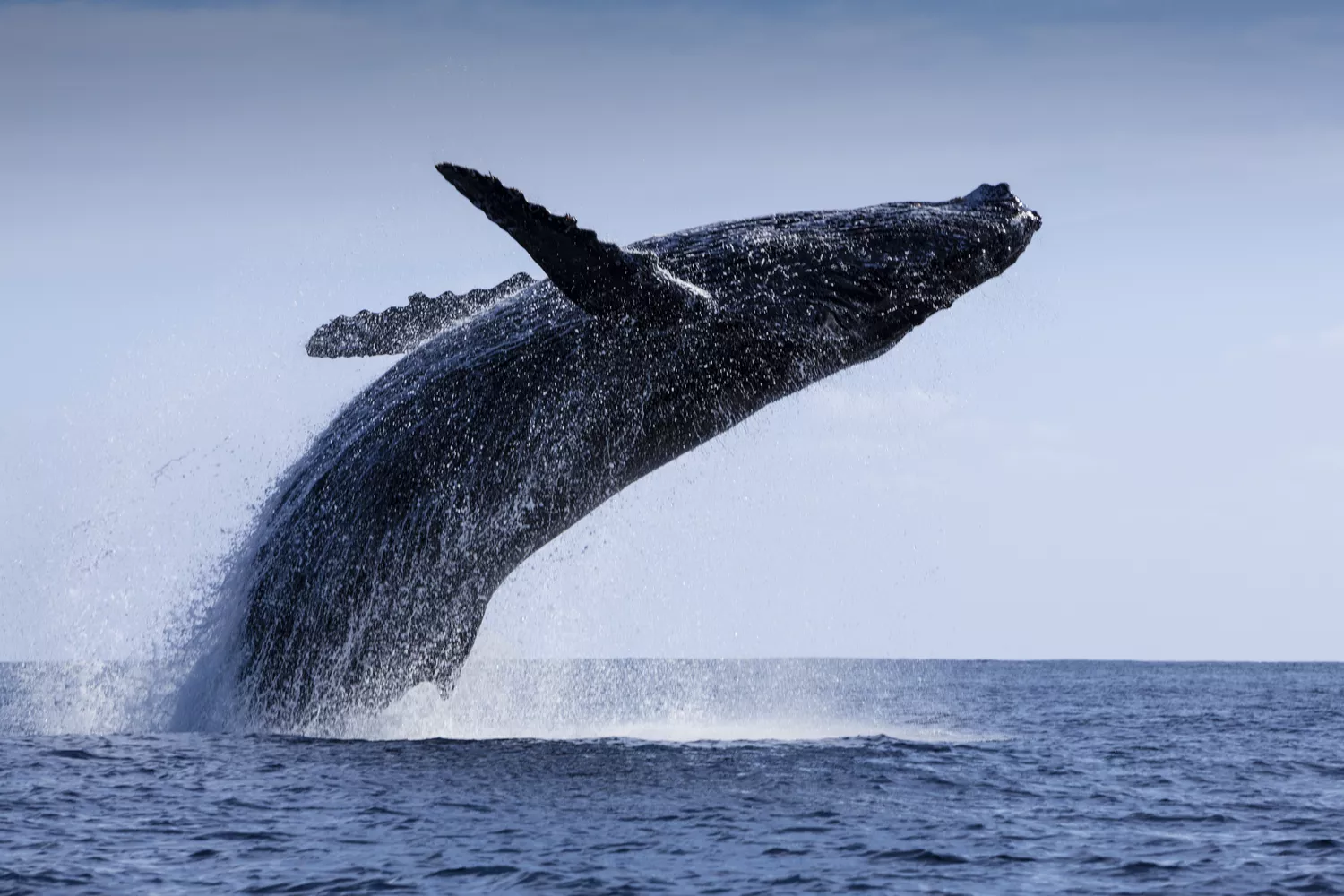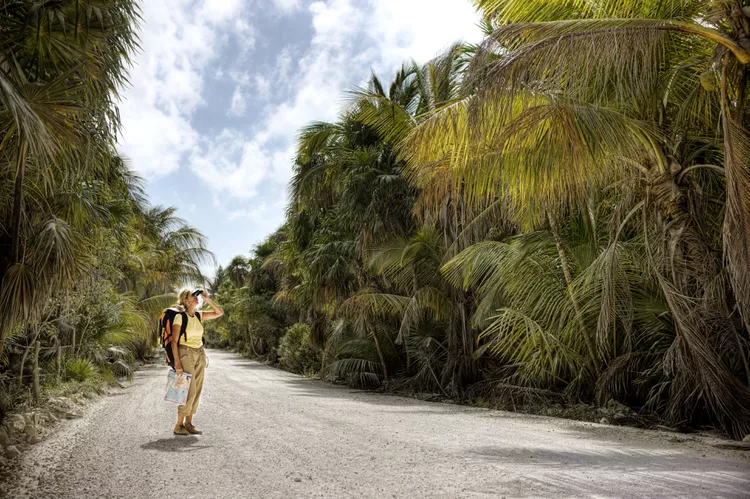Summary
If you’re an animal and nature lover, you will surely enjoy Mexico’s great biodiversity. It’s one of the top five countries in the world with the greatest biological diversity, and naturally, there are a great many opportunities to encounter wildlife. Having the chance to see animals in the wild can be one of the most memorable aspects of your vacation.
Whether it’s being surrounded by fluttering Monarch butterflies, spotting whales, swimming with some of the biggest sea creatures in the world, or helping endangered sea turtles to find their way, these experiences you can have in Mexico will surely leave you feeling awed and inspired. Just remember not to get too close and follow your guide’s instructions. It’s important to make the safety and wellbeing of these beautiful creatures a priority so many generations to come can enjoy them as well.
Be Surrounded by Butterflies

Each winter when temperatures get colder upstream, millions of Monarch butterflies migrate from Canada and the United States to the oyamel forests in central Mexico, where they enjoy the warmer temperatures. There, they cling to every available bush and branch, filling the air with the sounds of their fluttering wings. A trip to the monarch butterfly reserves offers visitors a chance to witness this wonder of nature. Being surrounded by thousands of fluttering butterflies and seeing them carpeting the forest floor is truly a remarkable experience.
Visit the monarch butterfly reserves in the states of Mexico and Michoacan from November through February to see the butterflies at their maximum population.
Release a Baby Sea Turtle

Every year, female sea turtles return to the beaches where they were born to lay their eggs. They clamber onto the beach at night, dig a hole, lay their eggs, and cover them with sand before retreating back into the ocean. A month and a half later, the baby sea turtles hatch and make their way into the ocean. Each step of this process is fraught with danger for the turtles. Groups seeking to protect the turtles organize night watches to ensure the turtles lay their eggs without interruption, and subsequently collect the eggs so that they can incubate, allowing the baby turtles to hatch in a secure environment. They then organize sea turtle release events, enabling locals and visitors to participate in releasing the baby turtles into the ocean.
In general, the mother turtles arrive on the beaches from May through September. The hatchlings emerge from their eggs around 40 to 70 days later and are ready to be released on the beach. Numerous places in Mexico offer opportunities to participate in baby turtle release programs, including Baja California, the Pacific coast, and the Riviera Maya.
Go Whale Watching

Humpback whales migrate yearly from the cold waters of the Arctic Ocean to the Pacific coast of mainland Mexico and Baja California. The journey takes about four months to complete. Once the whales reach their destination along the Mexican coast, they breed and give birth. There are other species of whales inhabiting Mexico’s coasts, including the blue whale, sperm whale, grey whale, and killer whale. However, the humpbacks are known for being the most energetic and friendly, making them the species you’re most likely to see during a whale watching expedition.
Join an excursion on a boat out in the ocean and witness mother and baby whales swimming alongside your vessel, surfacing for air, and breaching (leaping out of the water). Observing these majestic creatures in their natural habitat is an awe-inspiring experience. The peak whale season in Mexico runs from December to March, when humpback whales migrate to the region in large numbers.
You can enjoy whale watching in Los Cabos or other locations in Baja California Sur, or in Puerto Vallarta, or along the Riviera Nayarit.
Feast Your Eyes on a Flock of Flamingos

A trip to Mexico offers numerous opportunities for birdwatching, particularly when it comes to witnessing the majestic flocks of flamingos at either the Celestun Biosphere Reserve or Ría Lagartos in Yucatan state. These natural habitats are home to the American Flamingo (Phoenicopterus ruber), with around 40,000 residing year-round in Yucatan State. They predominantly divide their time between two biosphere reserves, mating in Celestun and then migrating to Ria Lagartos to nest and care for their young, only to return to Celestun in the fall.
From a distance, you will spot a line of pink along the horizon. As you approach by motorboat, you will see flamingos soaring overhead, stretching their expansive pink wings with black tips. The boat won’t get too close since flamingos are timid and easily startled, so make sure to bring binoculars and a camera with a good zoom for the best experience.
The Celestun Biosphere Reserve is located on the west side of the Yucatan Peninsula, on the Gulf of Mexico. It can be visited on a day trip from Merida, the capital of the state of Yucatan, or you can choose to stay at the nearby rustic-chic Hotel Xixim. Río Lagartos is situated in the north of Yucatan state, approximately 50 miles north of Valladolid.
Swim with Whale Sharks

The largest fish in the world visits the coasts of the Mexican states of Yucatan and Quintana Roo during the summer months. They can reach lengths of up to 65 feet, and these gentle giants move through the water filtering plankton and tiny fish through their wide mouths. Their gentle nature and enormous size make swimming with them thrilling, yet perfectly safe, as they have no interest in eating humans!
Head to the Caribbean coast of the Yucatan Peninsula from May through September for a chance to swim with these magnificent fish. Many tour companies in the region offer excursions for swimming with whale sharks.
Alternatively, from October to April, visit La Paz— the capital of Mexico’s Baja California Sur state— to experience swimming with whale sharks just offshore in the Sea of Cortez.
If you enjoy witnessing these incredible creatures, you will surely also appreciate the stunning natural wonders and landscapes that Mexico has to offer.





